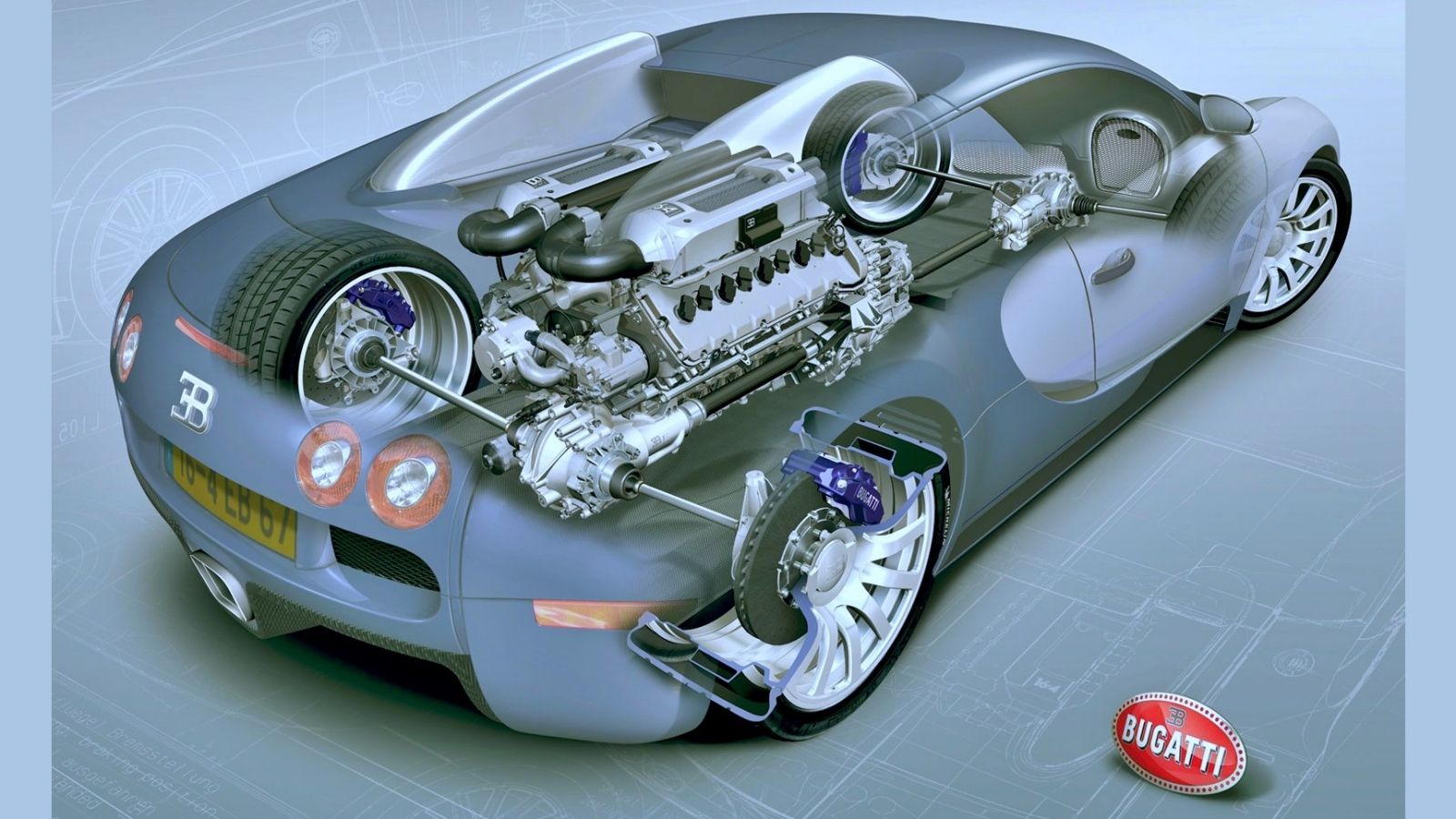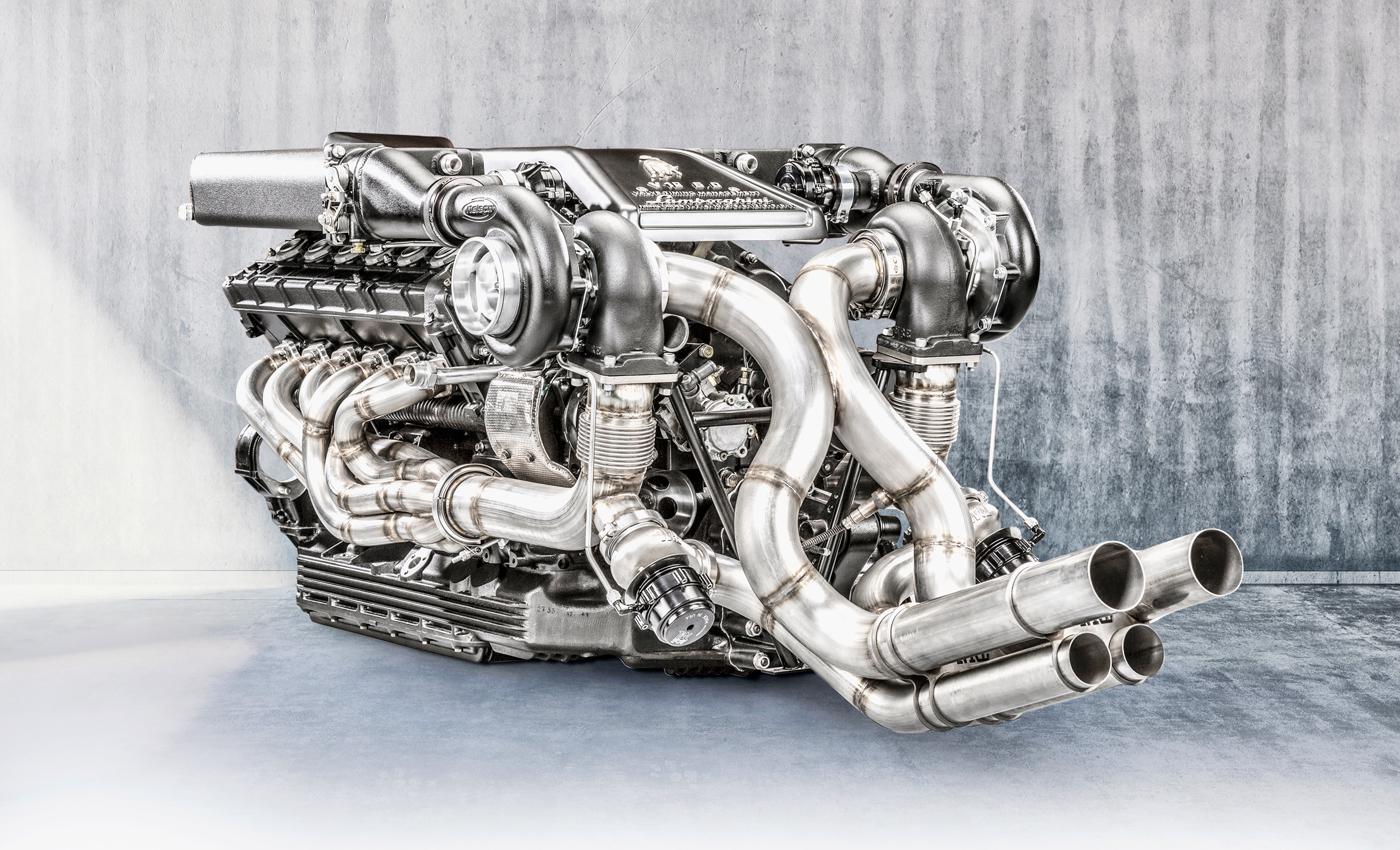Store Engines for Africa and More at Our Substantial Automobile Components Store
The Mission for Ultimate Driving Power: Investigating the Pinnacle of Engine Performance and Technological Breakthroughs in the Automotive Sector
In the world of automotive design, the quest of optimum driving power has actually been a ruthless pursuit that has actually unfolded with the advancement of engine layout and the assimilation of cutting-edge innovations. From the precise craftsmanship of combustion engines to the rapid developments in electric propulsion systems, the automotive industry stands at the cusp of a new age identified by extraordinary performance abilities.
Development of Engine Style

Additionally, the combination of turbocharging and turbo charging technologies has actually revolutionized engine style by enhancing power without substantially increasing engine size. These forced induction systems press the consumption air, enabling even more gas to be ignited, thereby generating higher power outcome from a smaller sized engine. This innovation has been particularly important in boosting the performance of smaller sized variation engines while preserving fuel effectiveness standards.

Performance-Enhancing Gas Technologies
The application of innovative gas technologies has substantially added to boosting engine performance in modern-day lorries. From traditional gasoline and diesel to innovative biofuels, synthetic gas, and hydrogen, the auto field is observing a change in gas choices. Biofuels, originated from sustainable sources like algae, corn, or sugarcane, deal lowered discharges and improved engine efficiency. Artificial fuels, generated with chemical processes, give high octane scores, improving power result. Hydrogen fuel cells, although still in the beginning of adoption, reveal terrific guarantee due to their zero-emission nature and potential for high efficiency. In addition, gas additives and detergents are being developed to tidy engine parts, enhance combustion, and minimize friction, thus increasing total car performance. With ongoing study and advancement, the pursuit for the supreme driving power proceeds, as engineers aim to open the full possibility of performance-enhancing fuel modern technologies in the automobile industry.
Innovations in Electric Propulsion
Significant strides in electrical propulsion innovation have changed the automobile market, leading the way for a brand-new age of effective and lasting transport. Electric vehicles (EVs) are acquiring appeal due to their ecological advantages and developments in battery innovation, allowing longer driving varieties and shorter charging times. Suppliers are investing heavily in research and development to enhance the efficiency of electrical propulsion systems, concentrating on boosting power outcome, enhancing energy efficiency, and lowering total weight.
One significant advancement in electric propulsion is the growth of sophisticated electric motors that supply higher torque and power density, causing enhanced acceleration and total driving performance. Additionally, regenerative stopping systems have been improved to store and record energy throughout deceleration, further enhancing the effectiveness of EVs.
Moreover, the assimilation of wise modern technologies, such as expert system and anticipating analytics, is enhancing the monitoring of electric propulsion systems, ensuring ideal efficiency under different driving problems. These improvements in electrical propulsion are reshaping the auto landscape, driving the market in the direction of a more lasting and electrified future.
Effect of Computational Liquid Dynamics
With innovations in electric you could check here propulsion pressing the boundaries of vehicle technology, the integration of Computational Fluid Characteristics is playing a critical function in maximizing aerodynamic efficiency and improving overall performance in vehicle style. Computational Liquid Characteristics (CFD) involves using computer system simulations to examine the circulation of air around a car, allowing designers to predict just how style adjustments will certainly impact the rules of aerodynamics without the need for expensive physical models. By accurately modeling air flow patterns, CFD enables for the improvement of car forms to decrease drag, enhance air conditioning, and improve security.
One key benefit of utilizing CFD in car style is the capability to repeat quickly, discovering countless design variations to identify the most aerodynamically efficient solutions. This iterative process results in vehicles that are not only sleeker and much more visually appealing but likewise a lot more eco pleasant and fuel-efficient. In addition, CFD makes it possible for engineers to optimize airflow around elements such as radiators, engine bays, and wheel wells, contributing to enhanced efficiency and general driving experience. In conclusion, the integration of Computational Liquid Characteristics represents a significant advance in the pursuit for best driving power and effectiveness in the automobile industry.
Future Fads in Engine Advancement
In the dynamic landscape of automotive design, innovative improvements are shaping the future trajectory of engine innovation. The future of a fantastic read engine layout get more is marked by a strong emphasis on sustainability, performance, and efficiency. Suppliers are significantly concentrating on developing engines that not only supply high power outputs yet also prioritize ecological responsibility by lowering emissions and improving fuel effectiveness.
One noticeable trend in engine advancement is the rise of electrification. Hybrid and electrical powertrains are obtaining traction as feasible alternatives to conventional burning engines. These technologies use the potential for considerable decreases in carbon emissions and boosted power performance, straightening with international efforts to deal with climate change.
Moreover, advancements in products science and manufacturing techniques are allowing the production of lighter and much more long lasting engine elements. This change in the direction of light-weight products such as carbon fiber and light weight aluminum alloys adds to boosted efficiency and gas economy.
Final Thought
In final thought, the quest of best driving power in the automobile field proceeds to drive innovations in engine layout, gas modern technologies, electrical propulsion, and computational fluid dynamics. The evolution of these technologies is shaping the future of engine innovation, leading the way for more efficient and effective lorries (engines for africa). As the industry continues to press the borders of what is feasible, we can expect to see a lot more groundbreaking growths in the pursuit for peak performance
One of the essential milestones in engine design advancement is the shift from conventional carbureted engines to modern fuel-injected systems. By precisely metering the gas shipment to each cyndrical tube, fuel-injected engines enhance combustion, resulting in better efficiency and decreased environmental influence.
In addition, the assimilation of turbocharging and supercharging technologies has actually reinvented engine design by boosting power without significantly boosting engine size (engines for africa).The execution of advanced gas technologies has actually considerably added to improving engine efficiency in contemporary lorries. Furthermore, fuel additives and cleaning agents are being developed to clean engine elements, maximize combustion, and lower friction, therefore improving overall automobile efficiency